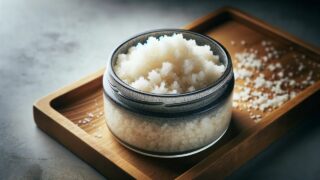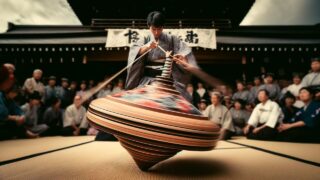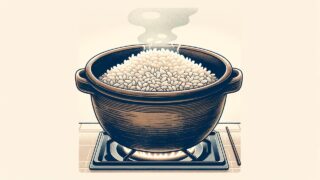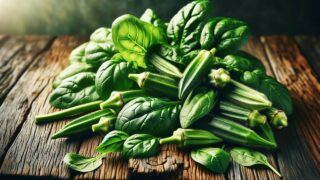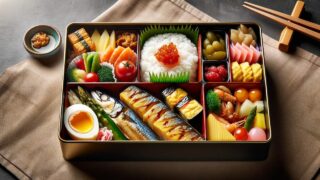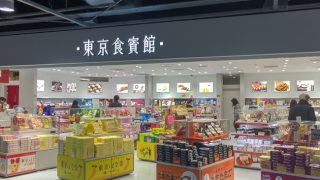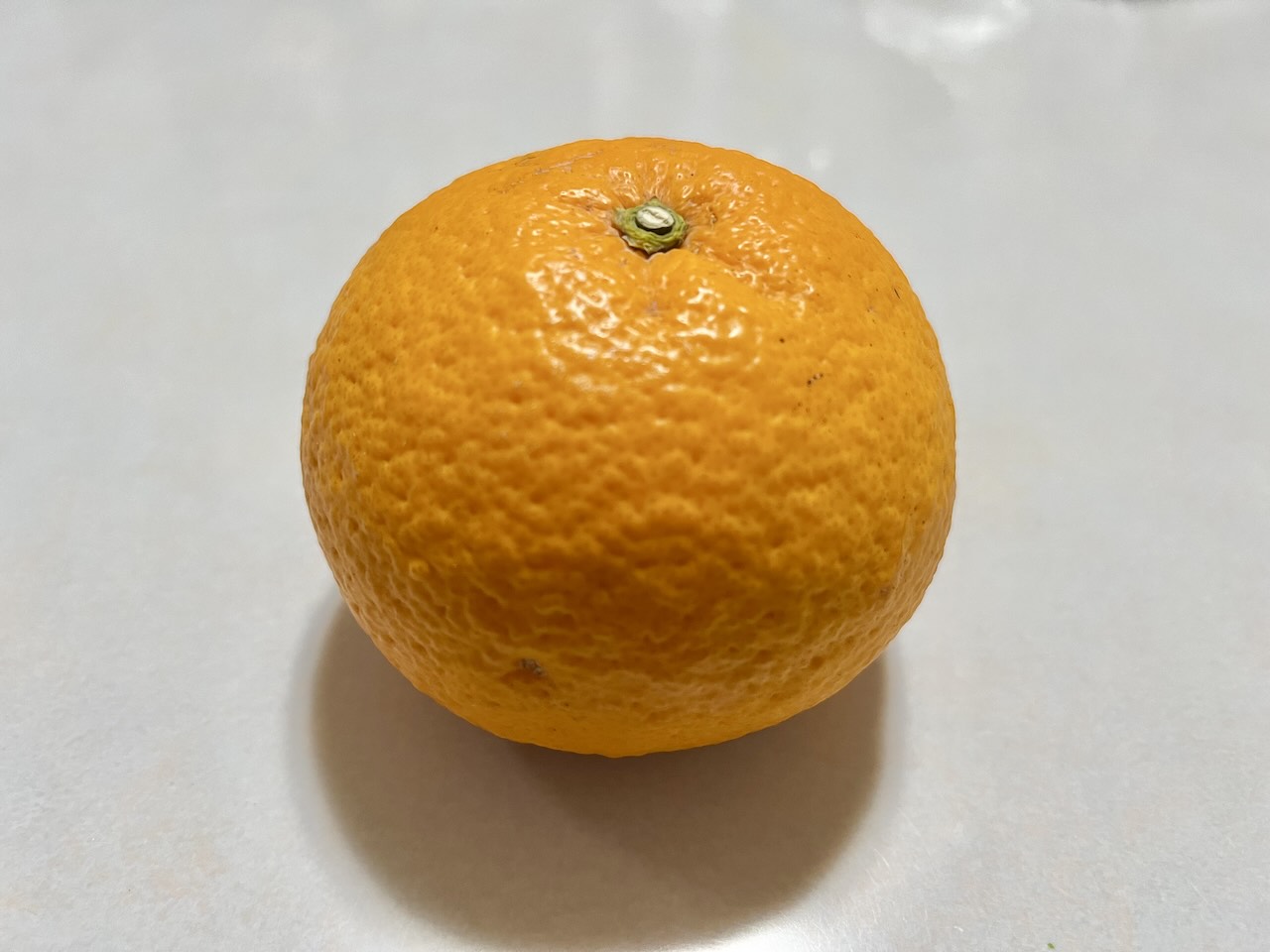As spring transitions into summer, the fruit section of supermarkets becomes filled with a colorful array of citrus fruits. Among them, “amanatsu,” “natsumikan,” and “hassaku” often catch the eye, but their similarities in appearance may leave many wondering about their distinct characteristics. In this article, we’ll delve into the unique features and peak seasons of each citrus fruit, providing you with accurate information to help you distinguish between them. By the way, can you guess which of these three citrus fruits is pictured at the top of this article? The answer will be revealed at the end!
Amanatsu
Amanatsu, originally from Oita Prefecture and now primarily cultivated in Kumamoto Prefecture, is a citrus fruit that emerged as a mutation of the natsumikan. It is also known as “Kawano Natsudaidai.” Characterized by its low acidity and high sugar content, amanatsu is perfect for eating fresh. Its peak season is from April to May, and it can be commonly found in supermarkets during this time.
Natsumikan
As the name suggests, natsumikan is a type of mikan harvested in summer, formally known as “Natsudaidai.” Due to its high water content and strong acidity, natsumikan is more commonly used for processing rather than eating fresh, making it a popular choice for jams and juices. Its main peak season is from May to July, during which it is often enjoyed as a processed food product.
Hassaku
Hassaku, which originated in Hiroshima Prefecture and is now mainly produced in Wakayama Prefecture, got its name from the old lunar calendar, as it reaches its peak flavor on the first day of the eighth month. With its low water content and unique balance of bitterness, acidity, and sweetness, hassaku offers a refreshing flavor profile that sets it apart from other citrus fruits. Its peak season is around February to March.
Each of these citrus fruits boasts its own distinct flavor and texture, and trying them during their respective peak seasons allows for a deeper appreciation of their differences. From sweet to sour, choose according to your personal preferences and enjoy the unique characteristics of each fruit.
Summary
- Amanatsu: High sweetness, suitable for fresh eating. Peak season: April-May.
- Natsumikan: High acidity, suitable for processing. Peak season: May-July.
- Hassaku: Balanced bitterness, acidity, and sweetness. Peak season: February-March.
With this information in mind, the next time you go shopping, try to distinguish between these citrus fruits and savor the delicious flavors of their peak seasons. Oh, and about that image quiz at the beginning—the answer is amanatsu! Did you guess correctly?
